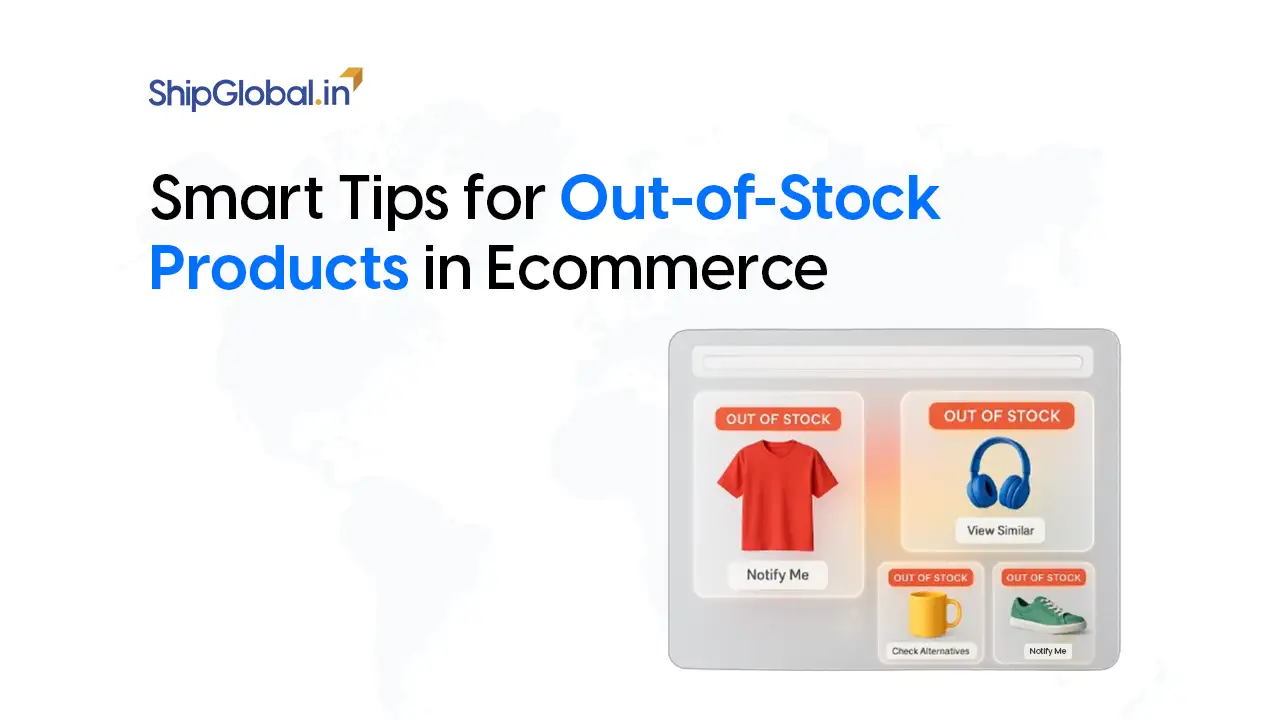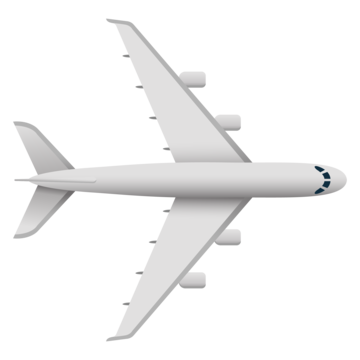If you’ve ever shipped goods internationally, or even thought about it, you’ve probably heard of the Bill of Lading (BOL). But what exactly is it? Why does everyone from the freight forwarder to the consignor/shipper, consignee, and Non-Vessel Operating Common Carrier (NVOCC) treat it like gold? And why is it considered a contract of carriage, a receipt of goods, and a document of title, all at once?
Let’s unwrap why the BoL isn’t just paperwork; it’s the legal, financial, and operational backbone of international trade.
What is a Bill of Lading
Imagine you’re a shipper in Shenzhen, exporting furniture to a buyer in Hamburg. Your freight forwarder handles the logistics, and your Non-Vessel Operating Common Carrier (NVOCC) issues a Bill of Lading (BOL). But this isn’t a casual receipt, it’s a legally binding document.
At its core, the Bill of Lading is:
A contract of carriage between you and the carrier (or NVOCC / freight forwarder) describing the journey from the port of loading to the port of discharge, ending at the place of delivery.
A receipt of goods confirming the carrier physically received your cargo in the agreed condition.
A document of title, meaning whoever holds it can claim ownership of the goods. This is especially powerful when the BOL is issued as a negotiable instrument.
That’s why every B is treated as a legal shipping document and core freight documentation.
Why is the Bill of Lading Essential
The real magic of a Bill of Lading (BOL) is that it’s more than a shipping document:
- As a contract of carriage, it protects the shipper, consignee, and carrier by defining duties and liabilities.
- As a receipt of goods, it’s your proof that the goods were handed over in proper condition.
- As a document of title, it can be endorsed or transferred, letting buyers sell the cargo even while it’s still on the ocean.
In practice, the Bill of Lading (BOL) often ends up attached to other documents like the letter of credit, commercial invoice, and insurance certificate. Banks reviewing a letter of credit insist on seeing an original, properly endorsed Bill of Lading (BOL) to release payment. That’s because it serves as both proof of shipment and control over the cargo.
What is inside a Bill of Lading
Every BOL includes key information, such as:
- The consignor/shipper who sent the goods
- The consignee who should receive them
- The notified party to contact when goods reach the port of discharge
- The port of loading and the port of discharge
- The place of delivery, which may be an inland destination beyond the port
- A full cargo description (marks, number of packages, weights, dimensions)
- Incoterms (e.g., FOB, CIF, EXW) showing who handles risk and cost
- Freight details, whether freight is prepaid or collected
All these fields make the BOL the central piece of freight documentation.
The BOL is a legal Shipping Document
A shipment without a BOL is like traveling abroad without a passport. It’s impossible to clear customs, claim ownership, or get paid under a letter of credit. Customs authorities worldwide rely on the Bill of Lading as proof of shipment and a legal shipping document to verify:
- The cargo matches the declared goods
- The shipment complies with trade rules
- The declared port of loading/discharge and place of delivery are accurate
If details on the Bill of Lading (BOL) and commercial documents don’t match, customs clearance can stall. For perishable goods, that delay can mean disaster.
Types of Bill of Lading
Not all BOLs are the same. You’ll encounter:
- Straight Bill of Lading (BOL) – Non-negotiable; consigned to a specific buyer.
- Order Bill of Lading (BOL) – A negotiable instrument that can be endorsed and transferred.
- Seaway Bill – Simplified; no transfer of title; mainly used between trusted parties.
For the shipper, freight forwarder, and consignee, knowing which type of Bill of Lading (BOL) you have is critical. Using an order BOL when selling goods in transit? Perfect. Using a straight BOL when your buyer wants to resell the cargo? Problem.
Incoterms and the Bill of Lading (BOL)
Incoterms like FOB (Free on Board), CIF (Cost, Insurance, and Freight), and EXW (Ex Works) define when risk and cost transfer from the shipper to the consignee.
Let’s see how Incoterms shape the BOL:
- Under FOB, the shipper is responsible until the cargo crosses the ship’s rail at the port of loading. After that, it’s on the consignee.
- Under CIF, the shipper covers freight and insurance to the port of discharge.
- Under EXW, the buyer arranges everything from the seller’s warehouse.
These terms must appear on the Bill of Lading (BOL) because they define liabilities and help customs, carriers, and banks understand who pays what.
Bill of Lading and the Letter of Credit
In trade finance, a Bill of Lading often becomes part of a letter of credit transaction. The bank will only pay the shipper if they present a compliant BOL plus other documents.
Why? Because the Bill of Lading (BOL) is the:
- Contract of carriage proving the carrier has the cargo
- Receipt of goods confirming the cargo was shipped
- Document of title allowing the bank (holding the BOL) to control the cargo
This ensures the shipper only gets paid when cargo ships, protecting both buyer and seller.
Freight forwarder and NVOCC roles
A freight forwarder arranges the shipping journey: booking space, managing freight documentation, and advising on Incoterms. An NVOCC (Non-Vessel Operating Common Carrier) often issues its own Bill of Lading (BOL) (called a House BOL) even though it doesn’t own ships.
For the shipper, working with a reliable freight forwarder or NVOCC means:
- Accurate Bill of Lading (BOL)
- Smooth customs clearance
- Peace of mind about letter of credit compliance
They know how to align the contract of carriage, receipt of goods, and document of title requirements, so your cargo keeps moving.
BOL as Proof of Shipment
A Bill of Lading isn’t just words; it proves your cargo left the port of loading. Buyers, insurers, and banks see it as proof of shipment.
Imagine your buyer says, “Did you ship the order?” Instead of just saying yes, you send the BOL, your certified cargo receipt. It lists:
- Vessel name and voyage
- Departure date
- Cargo details
- Consignor/shipper, consignee, notify party
This turns trust into documented proof.
Legal implications of the Bill of Lading
Because the Bill of Lading is a legal shipping document, it can be used in court if there’s a dispute. For example, if cargo arrives damaged, the consignee can use the Bill of Lading to show the carrier received the goods in good order.
As a contract of carriage, it protects the carrier and the shipper by clearly defining:
- Liability limits
- Route details: port of loading, port of discharge, place of delivery
- Freight terms
If the BOL shows “clean on board,” it means no visible damage was present at loading, a key defense for the shipper.
Customs Clearance and Bill of Lading
To move goods across borders, customs authorities need the Bill of Lading (BOL) as part of the freight documentation package. They check:
- Cargo description matches invoice and packing list
- Correct consignee
- Correct port of discharge
- Notify party details
Missing or incorrect Bill of Lading? Your goods could be held at the port. This delay can cost thousands in demurrage fees and storage charges.
Real-world example: How the Bill of Lading (BOL) keeps trade moving
Imagine an Indian shipper sends spices to a German consignee under CIF Hamburg. Here’s what happens:
- The shipper gives the cargo to the carrier at the port of loading in Mumbai.
- The carrier issues a Bill of Lading to the shipper.
- The BOL acts as a receipt of goods and lists “freight prepaid.”
- The shipper sends the BOL and other freight documentation to the German buyer’s bank under a letter of credit.
- The bank checks that the BOL matches the letter of credit terms: correct vessel, cargo details, and port of discharge (Hamburg).
- Once approved, the bank pays the shipper.
- The German consignee presents the endorsed Bill of Lading to the carrier at Hamburg and gets the cargo.
Throughout, the BOL remains the critical proof of shipment, contract of carriage, and document of title.
Why the Bill of Lading (BOL) will never go away
Even in the age of digital trade, the Bill of Lading (BOL) remains central because it:
- Defines legal responsibilities
- Enables trade finance with a letter of credit
- Simplifies customs clearance
- Proves shipment actually happened
- Transfers ownership as a negotiable instrument
It’s why everyone from the freight forwarder, NVOCC, shipper, consignee, and notify party keeps talking about it.
Final checklist: Why the Bill of Lading (BOL) is indispensable
- Contract of carriage
- Receipt of goods/cargo receipt
- Document of title
- Legal shipping document
- Proof of shipment
- Supports letter of credit
- Required for customs clearance
- Defines Incoterms like FOB, CIF, EXW
- Used by freight forwarder, NVOCC, shipper, and consignee
- Lists port of loading/discharge and place of delivery
Conclusion: More than just paper
The next time someone hands you a Bill of Lading (BOL), remember: it’s not just a form. It’s your proof of shipment, your contract of carriage, your receipt of goods, and your document of title.
From the port of loading to the port of discharge, the Bill of Lading (BOL) guides your cargo on its journey and keeps global trade moving.
FAQs
A Bill of Lading is a crucial legal shipping document that serves three main roles: it is a receipt of goods, a contract of carriage between the shipper and carrier, and a document of title that can transfer ownership of the cargo.
Some types of BOL, like the Order Bill of Lading or Bearer Bill of Lading, are negotiable instruments, meaning ownership of the cargo can be transferred by endorsement or delivery, often used under a letter of credit.
A Clean Bill of Lading confirms that the goods were received in apparent good order, while a Claused (or foul) Bill of Lading notes any damage or shortage, which can complicate customs clearance and affect payment.









